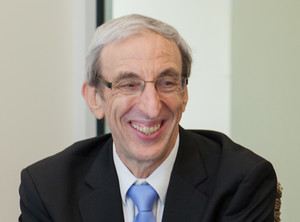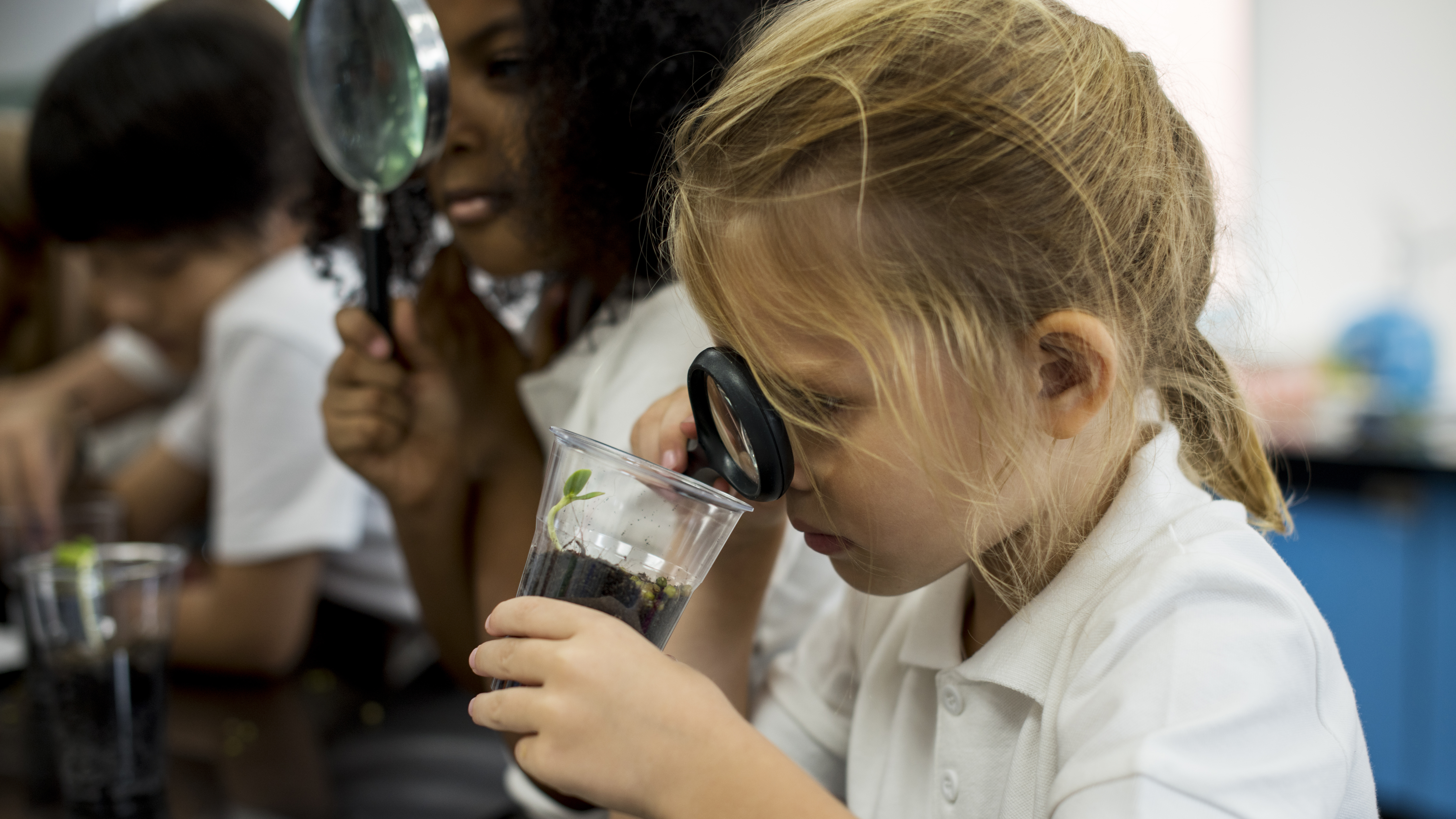Daryl Greenfield believes it’s never too early to start teaching children science.
“Every child is entitled to scientific learning regardless of their age, gender, and socioeconomic status,” said Greenfield, a professor of psychology and pediatrics at the University of Miami College of Arts and Sciences and a leading scholar on early childhood science education.
As part of his efforts to reduce disparities in early science education for students around the country, Greenfield conducts research on how to effectively develop and evaluate science programs for children from infancy through the early elementary grades. He is among a team of researchers who were recently awarded a $15 million, five-year grant from the Institute of Education Sciences (IES) and the National Science Foundation (NSF) to address the nationwide discrepancy in high-quality science education for students in kindergarten through second grade.
The grant funds the creation of the Center for Advancing Elementary Science through Assessment, Research, and Technology (CAESART), led by the nonprofit Education Development Center, which will bring together researchers and educators to improve science education. Greenfield, who is a co-principal investigator on the grant, and researchers at partner institutions including the University of California, Los Angeles and the University of California, Berkeley will conduct research on how to best measure science learning and whether interventions aimed at enhancing science education over multiple school years improve students’ science outcomes.
To fill the gap in early education science learning assessments, CAESART will create new game-based assessments to measure science learning and use them to assess a popular science curriculum. This research will influence how science is taught to young students by providing educators with data on the effectiveness of this curriculum.

Greenfield is passionate about what he calls “a hands-on, minds-on” approach to science education known as three-dimensional science learning.
“A paradigm shift needs to happen from the ‘traditional’ scientific education of memorizing facts from disconnected topics,” he said. “Three-dimensional science learning is learning content through engaging by doing and using crosscutting concepts to connect what you are learning to other topic areas and concepts you are already familiar with.”
First developed for K-12 science education, this new approach was adapted by Greenfield and his team for children under the age of six. For example, Greenfield noted, instead of simply memorizing the names of plant parts, students grow plants and learn about cause-effect relationships such as the impacts of watering plants and providing them with sunlight.
In early October, Greenfield and his team began a project funded by a grant from The Children's Trust to write and publish science board books for infants in Miami-Dade County. Their goal is to create books that use the three-dimensional science learning approach to help address the need for engaging, culturally relevant science-focused books for infants.
Greenfield is also a recipient of research grants from both federal agencies and private foundations. These include projects on the Florida Everglades funded by the Glenn W. Bailey Foundation and on transportation funded by General Motors. Greenfield is also the local research partner of United Way for their participation in the national Educare Learning Network.
In his work, Greenfield has noticed that some parents do not view teaching science as accessible or convenient. However, he believes that what parents may not realize is that, regardless of their socioeconomic status, everything they need to inspire budding scientists is most likely already in their home and part of their daily routine.
“Kids are scientists who constantly conduct experiments on their surrounding environment, starting during infancy when they purposefully investigate cause and effect by dropping items on the floor,” he said. “We need to get parents to understand that scientific learning can be part of their everyday routine and take advantage of everyday experimental opportunities.”
These include activities like going on a walk outside and measuring and mixing ingredients when baking or cooking.
Between Greenfield’s practical advice to parents on promoting scientific learning at home and his community outreach work, his efforts to improve early childhood STEM education are shaping the next generation of scientists.

